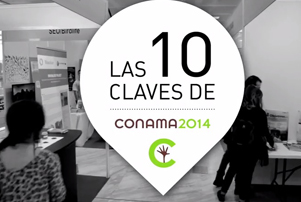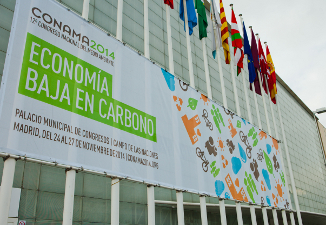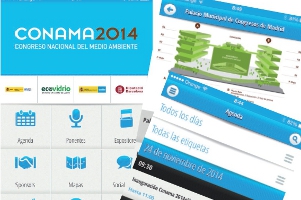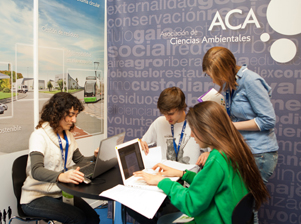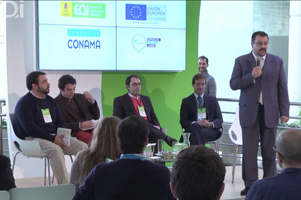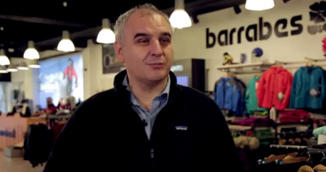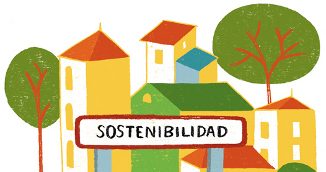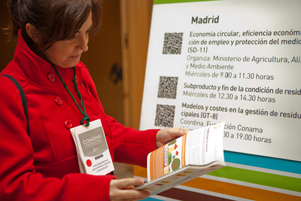Patrocinadores


























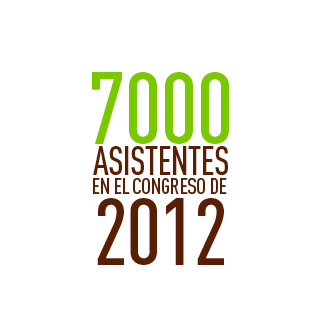
Colaboradores
Coorganizadores



























REWAGEN: Electrochemical water treatment system in the dairy industry with hydrogen recovery and electricity production
|
Autor:
Anna Serra Clusellas Acondicionamiento Tarrasense - LEITAT |
|
| Otros autores: David Galí; David Anguera; Clara Bagan; Beatríz Guerrero; Rosa Sabé; Oscar Alonso; Carlos Pérez; Lara Valentin; Julia García Montaño | |
|
Tipo:
Comunicación técnica escrita |
|
| Temática: Agua | |
|
|
|
| Documentos asociados: Doc. Escrito | |
|
|
|
|
Resumen: |
|
|
REWAGEN is an EU project for the development an eco-efficient process for dairy effluent treatment based on advanced electrochemical technologies enabling water reuse and valorisation of some by-products, including residual hydrogen. The strategy includes an electro-coalescence pre-treatment, an electro-coagulation (EC), an electrooxidation step and a final conductivity reduction process. The energy needed for the treatment will be partially recovered from the valorisation of hydrogen produced during the electrochemical treatments. The project also aims the recovery of the metals from the electrocoagulation sludge so that the final separated organic sludge can be valorised for energetic or fertiliser purposes. The main role of Leitat is the development of an innovative EC process that achieves the simultaneous reduction of turbidity, organic matter, nitrogen and phosphorous content of the dairy effluents, together with the recovery and valorisation of hydrogen. Moreover, the integration of electrocoagulation technology with other electrochemical technologies for a sustainable and costly efficient dairy effluent treatment is investigated. Currently, a new electrocoagulation cell for simultaneous water treatment and hydrogen recovery has been built and properly tested. 99.6%, 33% and 24% of turbidity, COD and TOC removal efficiencies, respectively, have been obtained at 106mA/cm2 and 40L/h (retention time: 11.3s) at bicompartmental mode when dairy effluent has been treated without initial pH modification. The treatment implies an electrical cost of 4KWh/m3. It is worth to say that 100%, 90% and 60% of Mg, P and Ca content, respectively, have been also removed during electrocoagulation process. EC experiments with simultaneous hydrogen recovery are being carried out, showing promising results. |
|

